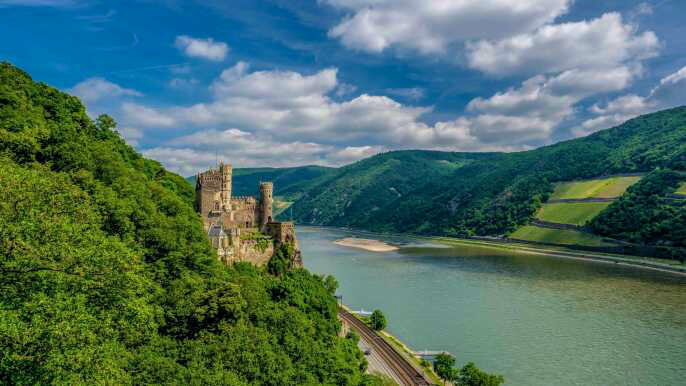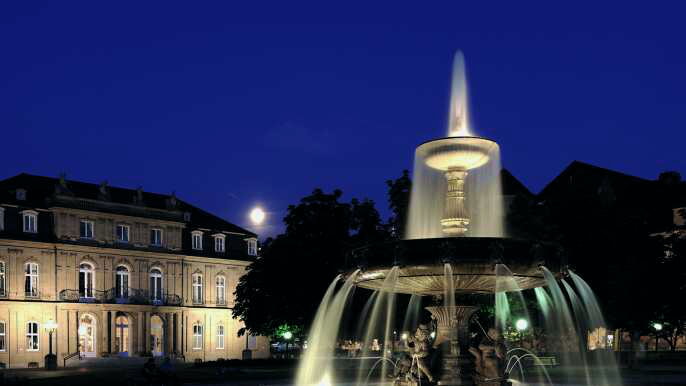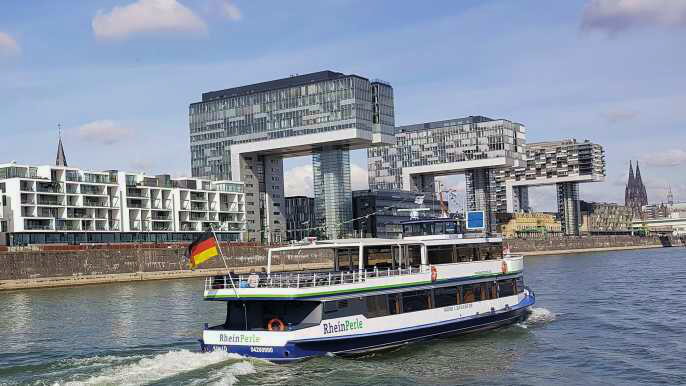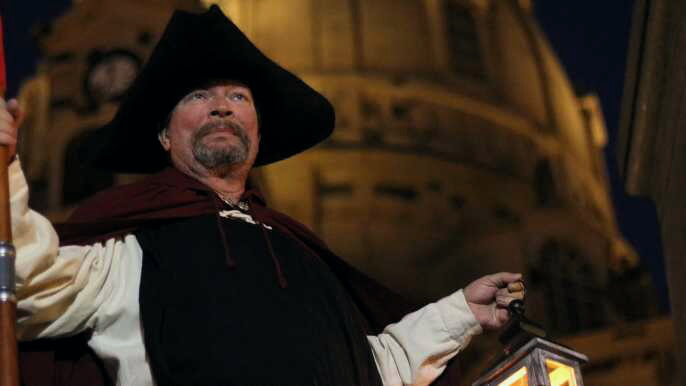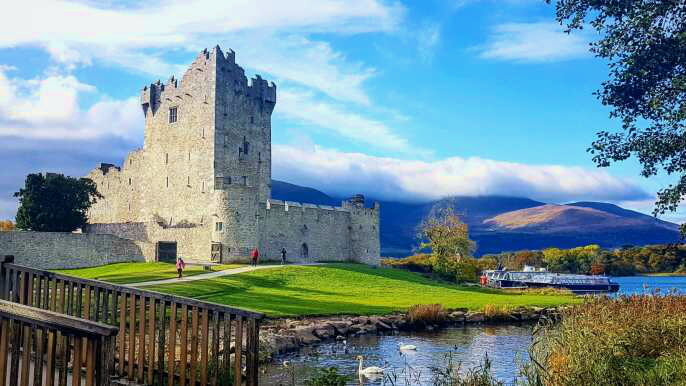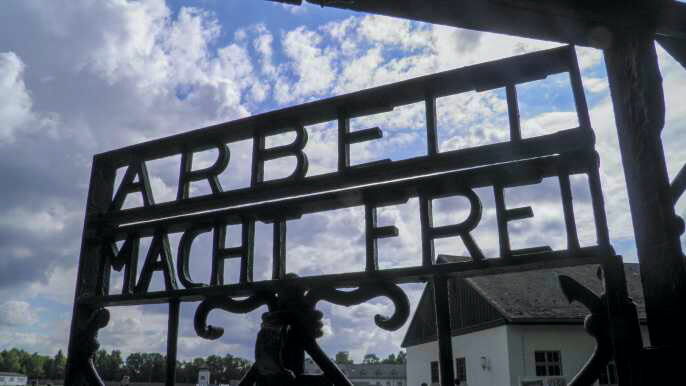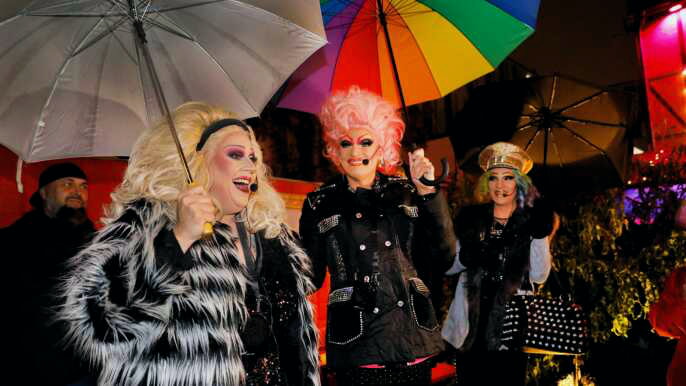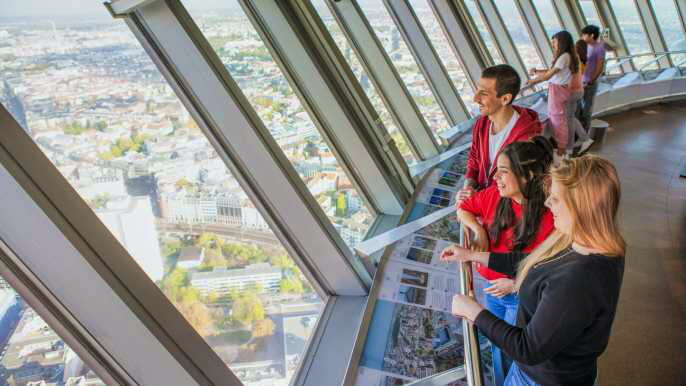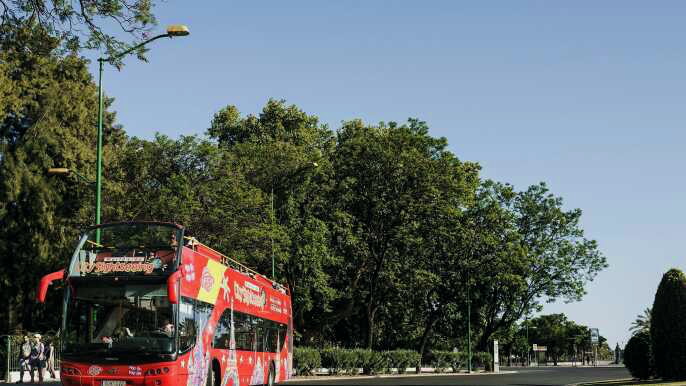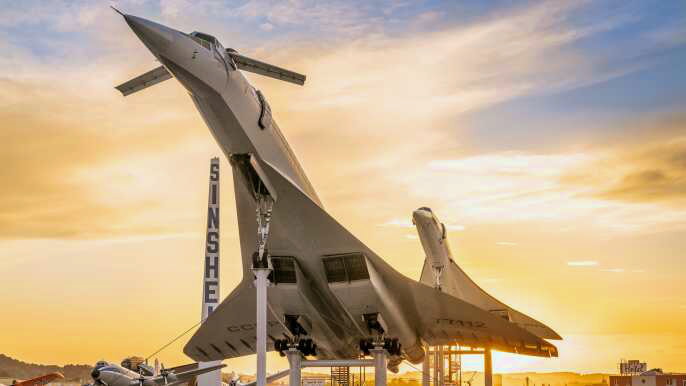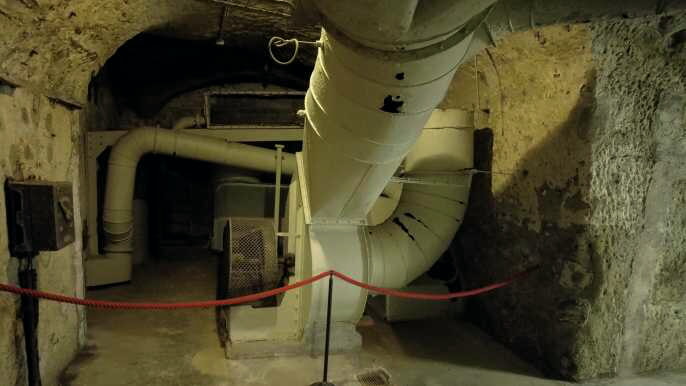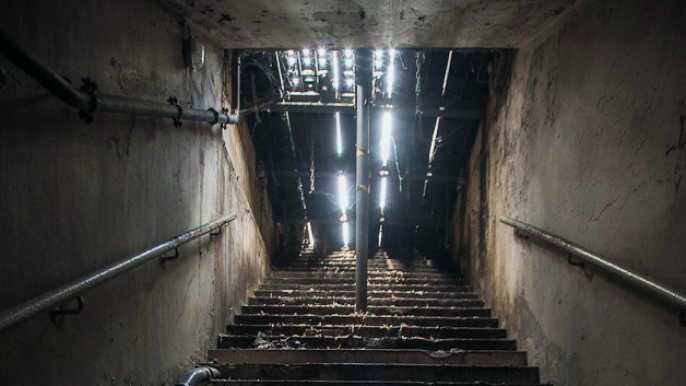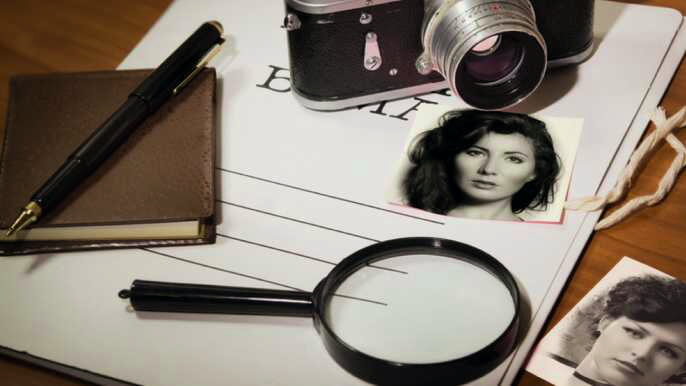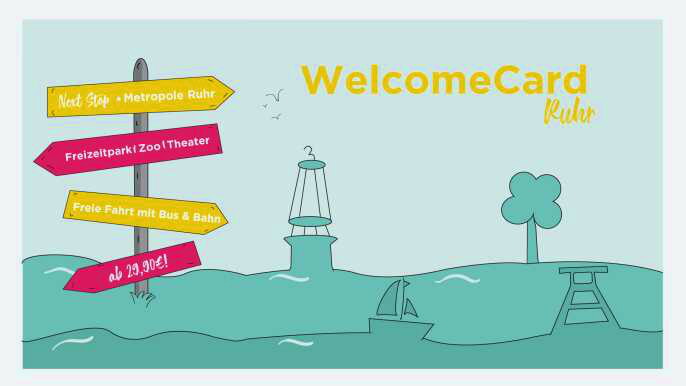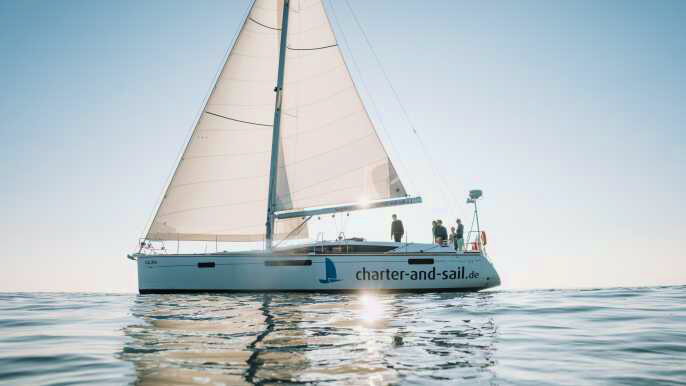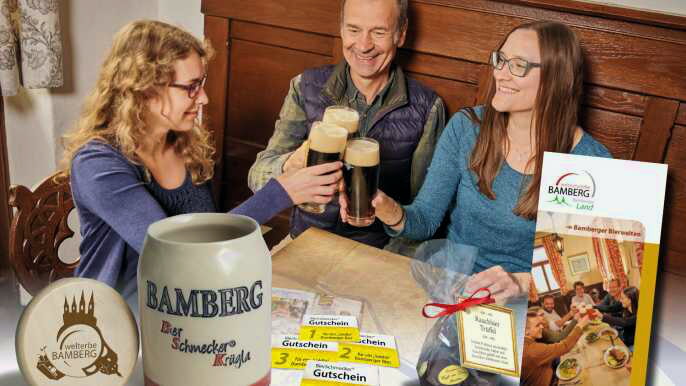Whether you are looking for a day trip or a weekend, Leipzig offers a variety of attractions. The city is known for its architecture and rich history. There are museums, castles, and other sights to see. You can take a tour of the city on a bicycle or ride a tram. There are also many different shopping options.
St Thomas Church
Despite Leipzig's relatively small size, it is full of attractions, from a bustling Christmas market to a major University of Leipzig campus. Its mild winters and cool summers make it a good destination to explore in a day.
St Thomas Church has a long history. Martin Luther preached here on Pentecost in 1539. Its 91-meter tower makes it one of the tallest in Europe. Its tower also has a good view of the city.
Bach is buried at the St Thomas Church. He was a choirmaster in this church for almost two decades. During this time, he wrote many of his most famous works. The church is also home to a museum. You can learn more about the church and its music.
You should also visit the FORUM 1813 Museum. It contains a 10-meter high hero relief. You can climb the stairs to get there. It is the largest monument in Europe. The statues are impressive, but the best part is the views of the city.
Another must see is the Monument to the Battle of the Nations. This 91-meter monument commemorates the Battle of Leipzig. The monument is one of the most impressive in Germany. You can also climb the 500 steps to the top. It's a great way to learn about the city's history.
The Leipzig Old City Hall is a beautiful example of German Renaissance architecture. The building was the seat of the Leipzig City Council from 1556 to 1909. The building has since been converted into a museum.
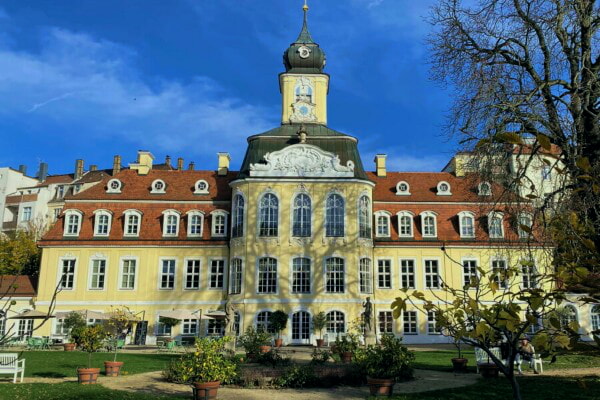
City-Hochhaus skyscraper
Located on Augustusplatz, City-Hochhaus (German: Hochhaus) is the tallest skyscraper in the city of Leipzig. It's also the second highest in the new states of Germany. The skyscraper is designed to look like an open book. The top floor of the building is home to the MDR broadcaster. It was designed by Hermann Henselmann and built between 1968 and 1972. It's now owned by Merrill Lynch.
The Museum in der Runden Ecke is also worth a visit. This museum was once the office of the East German secret police. You can see Stasi propaganda here. The other notable thing about this building is the fact that it was designed to make use of the city's most famous square.
The city of Leipzig has a nice mix of attractions. You can explore the city on foot, by bike, or by pedal power. You can also take a leisurely stroll along a canal or try dragon boat tours.
The Museum of History has some interesting exhibits, including large sections on the city's development and two world wars. The museum also has an outdoor viewing platform. It is the tallest of its kind in the country.
The largest fountain in the city is the Mende Fountain. It is located in the Paulinum, which is the former site of the Pauliner Church. It was built in the 12th century.
Another impressive landmark is the Monument to the Battle of the Nations, which was erected in 1913. It features a long reflecting pool and a large stone monument. It is not located in the center of the city, but rather southeast of it. The monument commemorates Napoleon's defeat in the 1813 Battle of Leipzig.
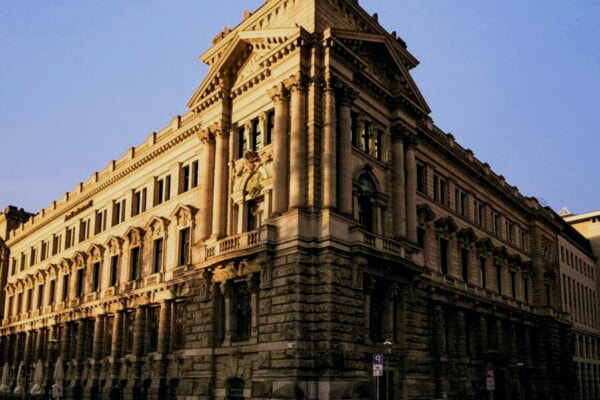
Monument to the Battle of the Nations
Located near Leipzig's city center, the Monument to the Battle of the Nations is a monumental structure that honors the fallen soldiers of the 1813 Battle of the Nations. The monument was built to commemorate the defeat of Napoleon's French army in the battle that took place at the Leipzig battlefield.
It is a 91-metre-tall structure with an artificial body of water known as the "Lake of Tears" in front. The water is supposed to remind visitors of the battle.
The memorial monument was built to honor the dead and it is open to the public 24 hours a day. There are guided tours every Thursday at 2 pm. The monument is made from concrete and granite.
The monument is also a home for the Forum 1813 museum. It provides information on the Battle of the Nations and offers rare items from the period. The museum is open daily from 10 am to 6 pm.
There is a viewing platform at the Monument to the Battle of the Nations. This provides a spectacular panoramic view of the city. The monument also includes a crypt, where mourning soldiers are buried. It is the largest monument in Europe.
The sculptures in the monument represent the power of nations and the virtues of Germans during wartime. They are carved in Roman style. The sculptures portray the virtues of faith, dedication and sacrifice.
Auerbachs Keller
Located in the city's medieval old town, Auerbachs Keller is one of the oldest restaurants in Leipzig. In the 16th century, it was a popular wine bar. Today, it is a "family friendly" restaurant with international dishes and hearty home cooking. It's located near the S-Bahn Markt station and Augustusplatz.
The restaurant has three main areas. The Grosser Keller is the main large dining room. This is the oldest part of the establishment. It was added to the restaurant in 1913.
The other two areas are smaller and historical. The Goethe and Luther halls have paintings by Andreas Bretschneider.
In the evenings, the Mephisto Bar serves cocktails and desserts. The ground level cafe is also a good place to stop for a drink. In addition to the popular bar, the restaurant also has live music on occasion.
The restaurant is part of a complex that includes other restaurants and shops. Visitors can enjoy the ambiance and experience the sights of years past. It's also a great place to eat a meal. It's a popular destination with locals and tourists.
Another interesting part of the complex is the Museum of Fine Arts. It contains eighteen works by Lucas Cranachs, including the famous painting "The Hunting of the Wild Boar". The Museum of Fine Arts is the best place to see the style of the Leipzig School.
The nearby city harbor is a great place to spend a few hours. You can take a boat tour of the harbor. You can also rent a canoe and explore the water. The area is lovely in the summer months.
Gobel's Unzeitgemasse Zeitgenossen
Despite its tame name, Leipzig is an artsy city with a rich musical and architectural history. It's also the site of some of the most important protests against the GDR regime. In 1989, hundreds of thousands of East Germans marched against the dictatorship.
The old town square features the Old Town Hall and Old Town Market Square. The city's oldest baroque building, the Alte Borse, is a great place to catch a concert or a reading.
The Panorama Tower was erected in the 1970s by the East Germans. It is a tower that is supposed to look like an open book. A bronze sculpture called "The Century Step" was erected in 1999. It symbolizes the entanglement of Germans in totalitarian systems of the 20th century.
The palindrome is a bit of a misnomer. It actually consists of five figures, each with a different gold highlight. The middle arm of the sculpture represents the face of an ordinary German hiding from a totalitarian regime.
The best way to get there is by train, which is less than a one-hour trip from Berlin. The train takes about 1.5 hours, giving you enough time to see the city's attractions. Besides the old town, you can spend some time on the river, in the park, or at the museum. The Leipzig Central Station has 23 platforms and a floor area of 80,000 square meters. It is also one of the largest railway stations in the world.
Dresden Castle
Saxony is part of former East Germany, and has a rich cultural and musical heritage. It is also home to the city of Leipzig, a former home of composer Johann Sebastian Bach. It has a beautiful old town, as well as many interesting museums.
The shortest way to get to Dresden from Leipzig is by train, which takes about an hour and costs EUR9. You can also hire a car, which gives you the freedom to explore the surrounding areas. The Elbe River played a big role in German history, and it is a popular spot for boat tours. It is also possible to catch a day-trip from Dresden to Saxon Switzerland, a beautiful group of rock formations.
Dresden boasts a range of museums, many of which showcase the historic art treasures of the Saxon rulers. The New Masters collection, for example, features works by Claude Monet, Van Gogh and other famous German painters in an Impressionist style. You can also visit the Green Vault Museum, which is part of the Dresden Royal Palace and contains a collection of historical art.
Another must-see in Dresden is the Furstenzug, a panorama made of 25,000 Meissen porcelain tiles. It is 102 meters long and depicts the 1000-year-old Wettin dynasty. It was originally painted in the 1870s but was saved from the Dresden bombings during World War Two.
The Panometer Dresden, meanwhile, is a unique 344 foot-long museum, which is a fascinating visual representation of the city of Dresden during the period from 1695 to 1760. It is also a fine piece of art by panorama artist Yadegar Asisi.


